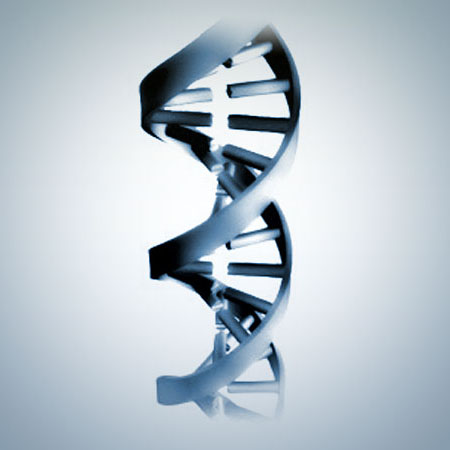The RNAge
 Two weeks ago, in RNA Rising, I offered a rough estimate of relative patenting trends for inventions involving RNAi and genes, and suggested that RNAi inventions were increasing their representation while non-RNAi gene inventions were decreasing theirs. Recent data from the United States Patent and Trademark Office now adds more detail to this trend (Nature Biotechnology 24(10): 1190 (2006)).
Two weeks ago, in RNA Rising, I offered a rough estimate of relative patenting trends for inventions involving RNAi and genes, and suggested that RNAi inventions were increasing their representation while non-RNAi gene inventions were decreasing theirs. Recent data from the United States Patent and Trademark Office now adds more detail to this trend (Nature Biotechnology 24(10): 1190 (2006)).From 2004 to 2005 (the most recent full year-on-year comparison possible), newly issued patents and newly published patent applications covering RNAi inventions rose by an amazing 63% and 36%, respectively. Meanwhile, corresponding increases were 28% and 6% for HIV-related inventions and 21% and 5% for stem cell inventions. By contrast, newly issued patents on gene-related inventions showed little change, with nucleic acid inventions growing by 4%, nucleotide inventions by 3%, and genomic inventions decreasing by 1%. Data on issued patents tends to be a lagging indicator of patentings trends, while data on published patent applications tends to be a leading indicator. Thus, it is striking that newly published patent applications on gene-related inventions are uniformly in decline, with nucleic acid inventions decreasing by 4%, nucleotide inventions by 5%, and genomic inventions by 7%.
If this data is indicative of trends over more than a single year, it would appear that biotechnology inventions are undergoing a changing of the guard. After the Gene Rush, biotechnology is entering the RNAge.












0 Comments:
Post a Comment
<< Home